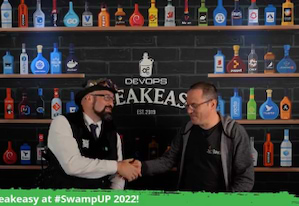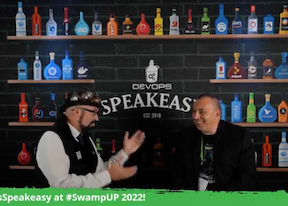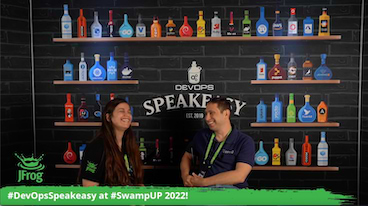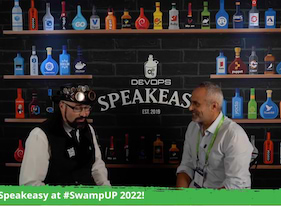Eyal Ben Moshe with DevOpsSpeakeasy at swampUP San Diego 2022
October 4, 2022
< 1 min read
In this interview, we speak to Eyal Ben Moshe, Head of the Ecosystem Engineering Group at JFrog, about the importance of shifting left and providing tools for developers to keep their software secure. He specifically discusses the release of Frogbot and Docker Desktop Extension and teases the BuildInfo resource, the metadata associated with a build in Artifactory.






